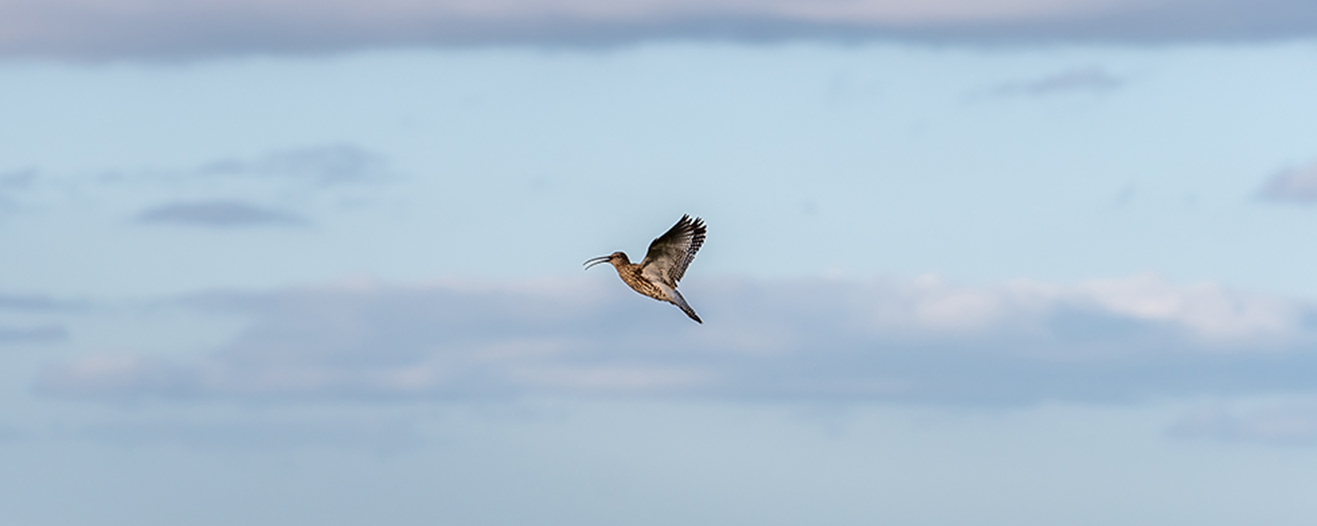- Home
- Photo tips
- Birds in flight
Birds in flight
Birds are a favourite with photographers as they make great subjects when taking off, flying and landing. Catching a photo of them in flight is difficult, but if you follow a few simple tips you can improve your chances of getting a top shot.

- Watch the birds for a while and you'll notice that they often fly in the same direction. They tend to fly with the wind, using less energy to take off and giving them more control when landing. Stand with the wind at your back or going across you so the birds are either facing you or flying from side to side. If the wind is blowing in your face you'll need to move, but remember the birds will be in shadow unless the sun is behind you.
- Morning and late afternoon are the best times to take photos because birds are more active and the sun is at its best angle.
- Select a high ISO number on your camera: usually 400 or more. If possible, use a shutter speed of at least 1/1000 of a second and a wide aperture. Put your auto-focus (AF) on tracking or servo mode to follow the bird as it moves and have the camera set to take continuous frames rather than one shot when you press the shutter.
- Use a zoom lens. Hold the camera so your hand is supporting it and keep your finger on the button. Stand with your feet apart so you can turn as the bird moves. Keep the bird in the centre of the viewfinder before you press and hold the shutter. Try to keep up with the bird, and don't let them get too close to the edge of the frame.
